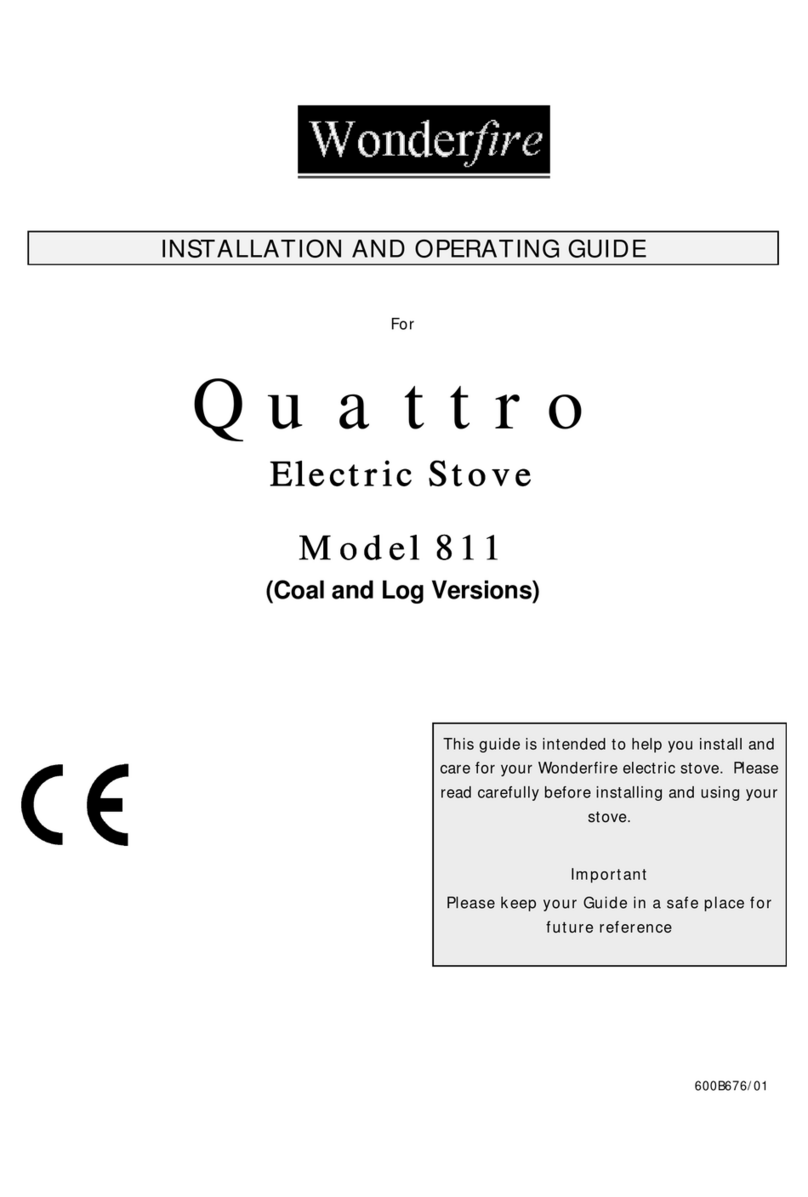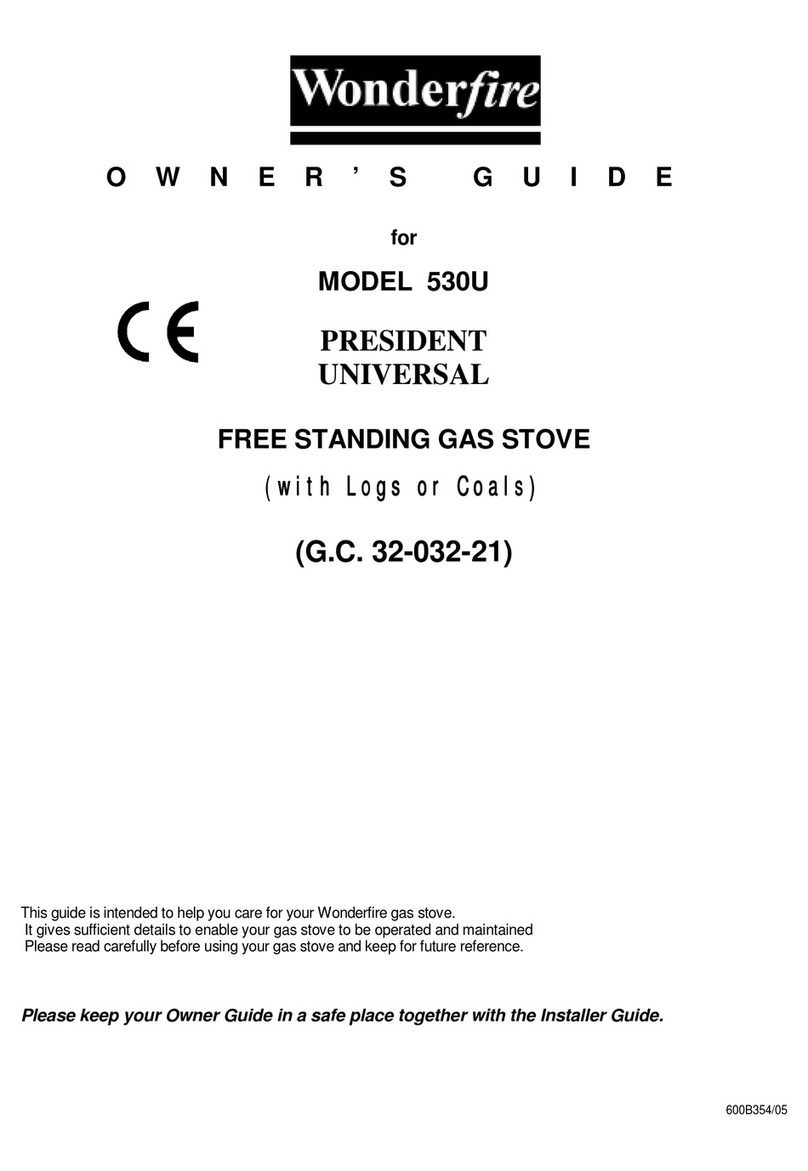
3
1. OPTIONS...............................................................................................................................................................................4
1.1. Appliance styles .................................................................................................................................................................................... 4
1.2. Additional optional features............................................................................................................................................................. 4
1.3. LP Gas ..................................................................................................................................................................................................... 4
1.4. Flues ......................................................................................................................................................................................................... 4
2. APPLIANCE DATA............................................................................................................................................................5
3. GENERAL INSTALLATION REQUIREMENTS......................................................................................................6
4. PACK CONTENTS.............................................................................................................................................................7
5. APPLIANCE PREPARATION ........................................................................................................................................8
5.1 Detach the window............................................................................................................................................................................. 8
5.2. Check ignition spark........................................................................................................................................................................... 8
5.3. Check flame control motor............................................................................................................................................................... 8
5.4 Install the Open flue Kit.................................................................................................................................................................... 9
5.5. Attaching top air deflector ................................................................................................................................................................ 9
6. FLUE INSTALLATION & APPLIANCE FIXING...................................................................................................10
6.1. Preparing for Floor Fixing............................................................................................................................................................... 10
6.2. Flue system installation....................................................................................................................................................................10
7. FITTING SIDES & SWITCH..........................................................................................................................................11
8. GAS SUPPLY INSTALLATION...................................................................................................................................12
9. CERAMIC FUEL BED INSTALLATION...................................................................................................................13
9.1 Ceramic Walls Installation............................................................................................................................................................. 13
9.2. Ceramic Logs Installation................................................................................................................................................................ 14
9.3 Ceramic Coals Installation.............................................................................................................................................................15
10. WINDOW REFITTING & CHECKING......................................................................................................................16
11. FULL OPERATING CHECKS.......................................................................................................................................17
11.1 Control operation check................................................................................................................................................................. 17
11.2 Check the reference pressure ........................................................................................................................................................17
11.3 Conduct spillage check.................................................................................................................................................................... 17
12. INSTALLATION COMPLETION...............................................................................................................................18
13. FINAL REVIEW..................................................................................................................................................................19
14. SERVICING.........................................................................................................................................................................19
CONTENTS































